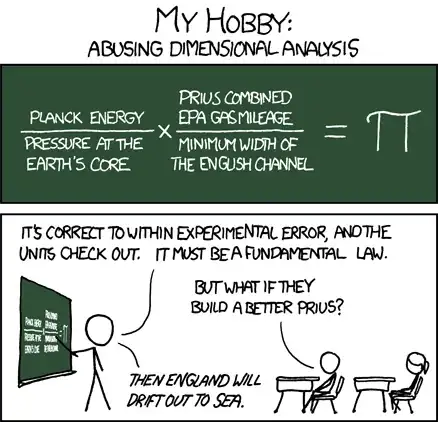This is actually a really interesting question.
In principle, "zero" doesn't need units. You can think of units as a multiplier - but multiplying zero by anything still leaves you with zero.
However, when you are talking about a physical quantity, it is very reasonable and appropriate to use units, even if the quantity is zero. And you have to use the correct units.
It's important to think about the situations in which it even makes sense to speak of "zero anything" - because the absence of a certain property has different implications in different situations. Think about this statement:
"The photon has zero rest mass" - in this case, there is no need to specify units. The mass is zero - it is simply a property that the photon does not have.
On the other hand, there are times where you are trying to determine whether something is really zero or not. For example, you might want to determine whether the charge of a neutron is truly zero. A careful experiment might conclude that the charge is $0 ± 1.234\cdot 10^{-34} ~\rm{C}$. The units are necessary - because while the number itself is zero, the uncertainty in the number is finite, and has units.
Finally, it is patently wrong to say "the neutron has 0 kg of charge" - which shows that although it is "nominally" the same as saying "the neutron has 0 charge", the units do matter.
Of course, in situations where the scale is arbitrary (that is, where 0 "units" does not correspond to the absence of the property) you always need to use the units. The example given in several of the answers of temperature (°C, K, F) is a good one. In general I believe this can only be true of intrinsic properties (that is, properties that are independent of the quantity of material).

